
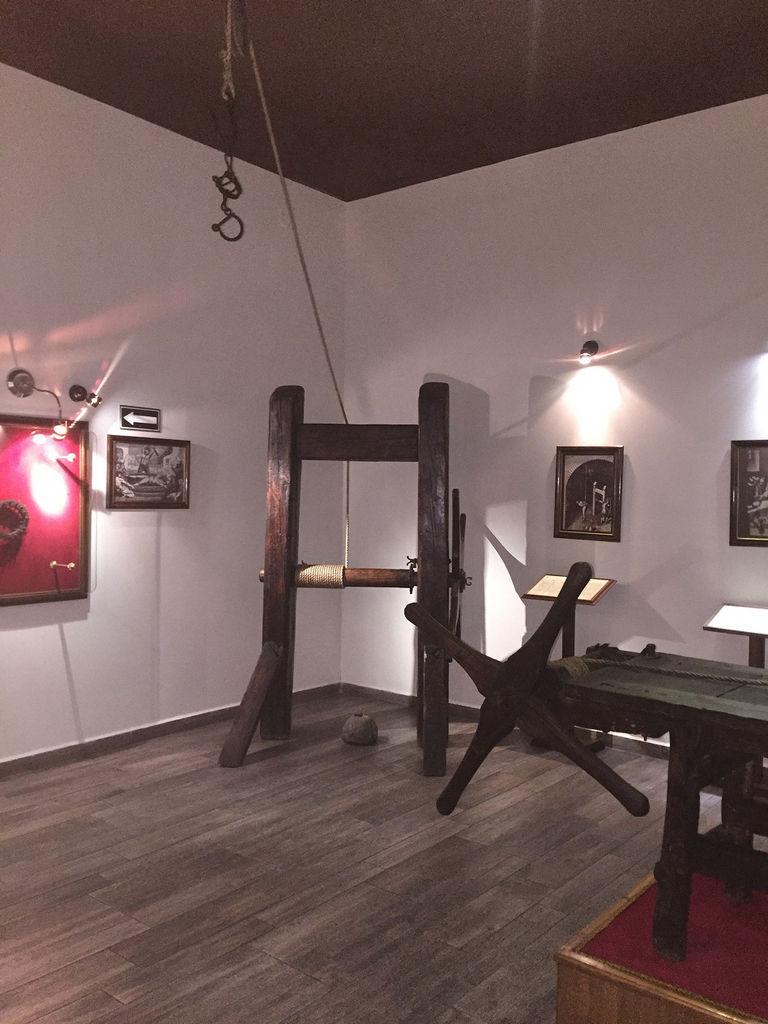

The Museum of Torture on the Calle Tacuba presents a general picture of the European inquisition that lasted from the 16th through the 18th century. The collection includes some 75 instruments of public humiliation. These include objects used to punish minor offenses, and those related to capital punishment.
In Mexico, as a colony of Spain, the Spanish Tribunal of the Holy Office of the Inquisition (Tribunal del Santo Oficio de la Inquisición) took on a largely different character. While the office could be understood as an ultimate law enforcement authority, in New Spain, its mission was likely subdued by a number of factors. Treatment of indigenous populations, while never compassionate, was a contested issue almost from the beginning of the colonial period.
It may even seem that Spanish authorities recognized that their own fury in confronting Muslim and Jewish subjects did not apply in the New World. The Spanish were vastly outnumbered here. Evangelization contained a certain degree of deliberate “syncretization” as both Franciscans and Dominicans sought to steer indigenous belief to within the Christian paradigm so long as those beliefs didn’t directly contradict Roman Catholic dogma. Both orders recognized parallels in indigenous practice and cosmology.
Nevertheless, some 50 people were likely executed by the Spanish Inquisition in Mexico. Most of these were convicted of heresy for having practiced, or continuing to practice, Judaism. There are a few documented cases of prosecutions for Nahua sorcery. These of course prove very interesting to scholars. Such atrocities are remembered also in the Palace of the Inquisition (today the UNAM Museum of Medicine), or indeed, in the Museum of Memory and Tolerance.
Hours: Daily 10 am. to 6 p.m.
 https://www.facebook.com/MuseoTorturaCDMX/
https://www.facebook.com/MuseoTorturaCDMX/
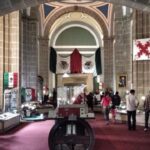
Nearest at 0.03 kms.
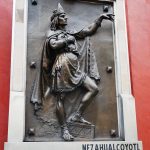
Nearest at 0.03 kms.
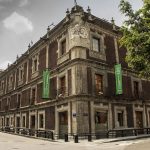
Nearest at 0.04 kms.
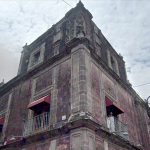
A glimpse into the earliest colonial history of Mexico City...
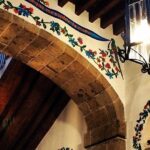
Easily one of Mexico City's most famous historical restaurants...
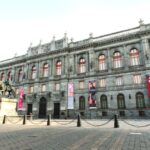
Home to two of Tolsá's mastpieces, it's only fitting the plaza should bear his name.

One of the most easily historical corners in the city center, it's a monument, a garden and much more.
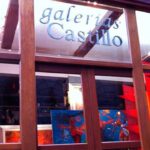
An exceptional gallery just outside the National Museum of Art...